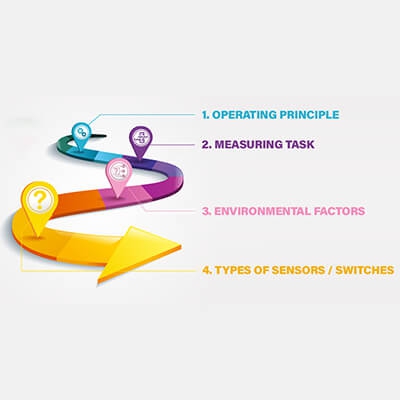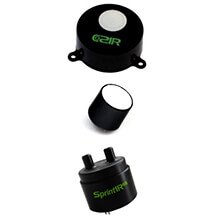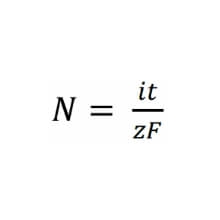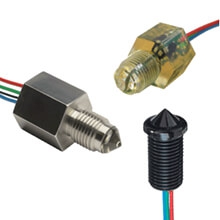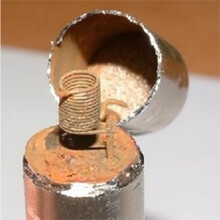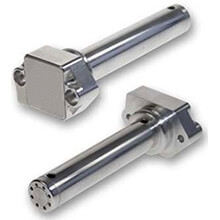- Contact 0870 350 7767
- |
- Advertise
Boiler Efficiency Ė How to Improve with SSTís Oxygen Gas Sensors
 News and PR from SST Sensing Ltd - Published 09 April 2019
This blog post will show how flue gas sensors can improve boiler efficiency while exploring some of the products available from SST Sensing that are capable of optimizing combustion processes...
News and PR from SST Sensing Ltd - Published 09 April 2019
This blog post will show how flue gas sensors can improve boiler efficiency while exploring some of the products available from SST Sensing that are capable of optimizing combustion processes...Avoiding Incomplete Combustion with SST’s Oxygen Gas Sensors
The overheads of fuel consumption are high in large scale industrial and commercial boilers and furnaces. In order to see return of investment and keep running costs to a minimum, the operation must be kept at peak efficiency.
Complete combustion requires the ideal ratio of fuel to air. This process is optimised and maintained by measuring the output oxygen level of the exhaust/flue gas by using an oxygen gas sensor in a closed loop feedback system to the boiler controller for regulating the input mix. This is especially useful when the quality of fuel supplied may vary (i.e. gases from different sources).
Provided the air flow and the temperature is sufficient, the fuel will release high levels of energy while waste carbon molecules are oxidized to form gaseous compounds of low toxicity. This can be assured using flue gas sensors capable of monitoring the levels of oxygen released from the furnace.
Advanced gas sensors like the OXY-Flex Oxygen Analyser from SST Sensing, can eliminate elements of inefficiency from your boiler system by measuring the level of oxygen in flue gases and feeding data back to the boiler controller. This enables in situ monitoring of combustion boiler efficiency and regulation of the fuel and air flow input ratios to optimize combustion in real-time.
The gas sensor uses a zirconium dioxide sensing element that can readily withstand the extreme temperatures of boiler flues up to a maximum operating temperature of 400¬įC (752¬įF). It can be configured to three distinct output measuring ranges which can be communicated via 4-20mA,0-10Vdc and RS232 outputs through a closed-loop system. This non-depleting oxygen gas sensor provides peace of mind for boiler operators with a service life of up to 10 years.
Other announcements from SST Sensing Ltd
-
Optical Oxygen Sensor Compared to Conventional Oxygen Sensors
What are the key benefits and applications?
09 Apr 2019
-
Choosing Between a Point Level Switch or Continuous Level Sensor
4 Factors to Consider when Choosing Between a Point Level Switch or Continuous Level Sensor
09 Apr 2019
-
Level Switch Ė Common Applications and What are they used for?
Optical Level Switch - Common Applications and What are they used for?
05 Nov 2018
-
SST Launch Range of Low Power, High Speed CO2 Sensors
SST is delighted to announce their launch of market leading CO2 Sensors that integrate unique mid infra-red light source and detector technology into innovative optics and signal processing.
05 Nov 2018
-
What is a Zirconium Dioxide Oxygen Sensor?
The zirconium dioxide oxygen sensor does not measure oxygen concentration %, but rather it measures partial pressure of oxygen in a gas or mixture of gases.
05 Nov 2018
-
Things to Consider When Selecting Fluid Level Sensors from SST
Optical fluid level sensors do not measure the liquid level, instead they detect the presence or absence of liquid.
05 Nov 2018
-
What Gases and Chemicals to Avoid
What Gases and Chemicals to Avoid When Using SSTís Zirconia Dioxide Oxygen Sensors
05 Nov 2018
-
How to get the most out of your Zirconium Dioxide Oxygen Sensor?
This article gives an overview of helpful hints on how to pro-long the life of SSTís Zirconia Oxygen Sensors.
05 Nov 2018
-
7 Main Types of Level Sensing Methods - How do they differ?
Liquid level sensors have been around for decades, in markets such as food and beverage, industrial, medical and domestic, printing, agriculture, automotive and white goods...
05 Nov 2018





